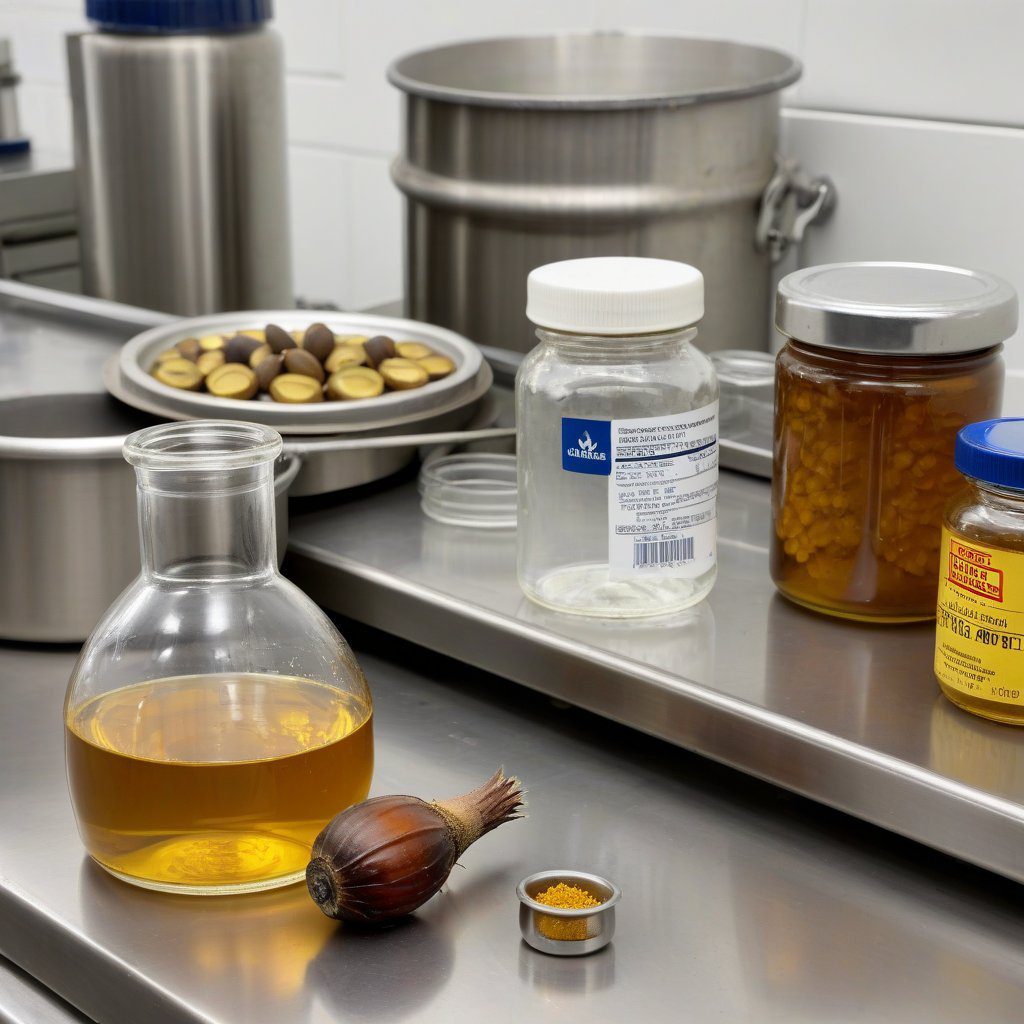Understanding Soy Lecithin
Soy lecithin is a natural emulsifier derived from soybeans, commonly used in food products to enhance texture and stability. It plays a crucial role in food safety by preventing separation of ingredients, ensuring a consistent product quality. By maintaining homogeneity in food items, soy lecithin contributes to the overall safety and appeal of various culinary applications.
Types of Soy Lecithin
There are two main types of soy lecithin: GMO and GMO-Free. GMO-free soy lecithin is produced without genetic modification, appealing to consumers who prioritize non-GMO products. On the other hand, GMO soy lecithin is widely used in the food industry for its functional properties. Understanding the differences helps companies meet consumer demands while adhering to food safety standards.
Importance of Food-Grade Quality
Food-grade quality is essential for any ingredient used in food production, including soy lecithin. It ensures that the lecithin meets stringent safety standards, making it safe for consumption. Suppliers like Diplomata guarantee high-quality food-grade soy lecithin, which is critical for manufacturers aiming to deliver safe and reliable products to consumers.
Regulatory Standards
In the United States, soy lecithin is regulated by the FDA, which sets guidelines to ensure its safety in food applications. Compliance with these regulations is crucial for suppliers to maintain trust and credibility in the market. Diplomata adheres to these standards, ensuring that their soy lecithin products align with food safety requirements.
Applications in Food Products
Soy lecithin is widely used in a variety of food products, including baked goods, chocolates, and salad dressings. Its emulsifying properties help blend ingredients effectively, enhancing product texture and extending shelf life. By incorporating soy lecithin, manufacturers can improve food safety by reducing the risk of spoilage and separation.
Health Considerations
Health-conscious consumers are increasingly interested in the ingredients in their food. Soy lecithin is considered safe for most individuals and may even offer health benefits, such as improving cholesterol levels. However, it is essential for suppliers like Diplomata to provide transparent information about their soy lecithin products, including sourcing and processing methods, to assure consumers of their safety and quality.
Supply Chain Transparency
Transparency in the supply chain is vital for ensuring food safety. Diplomata takes pride in its sourcing practices, providing detailed information about the origins of its soy lecithin. This commitment to transparency helps build trust with clients, especially those in the U.S. market seeking reliable suppliers of high-quality soy lecithin.
Quality Control Measures
Implementing strict quality control measures is essential for maintaining the safety and quality of soy lecithin. Diplomata employs rigorous testing protocols throughout the production process to ensure that their products meet the highest safety standards. These measures not only protect consumers but also enhance brand reputation in a competitive market.
Conclusion on Soy Lecithin and Food Safety
The relationship between soy lecithin and food safety is significant, encompassing quality, regulatory compliance, and consumer trust. As a leading supplier and exporter, Diplomata is committed to providing high-quality, food-grade soy lecithin that meets the demands of the U.S. market. By prioritizing food safety, Diplomata ensures that their clients receive reliable products that contribute to the overall quality of their food offerings.


